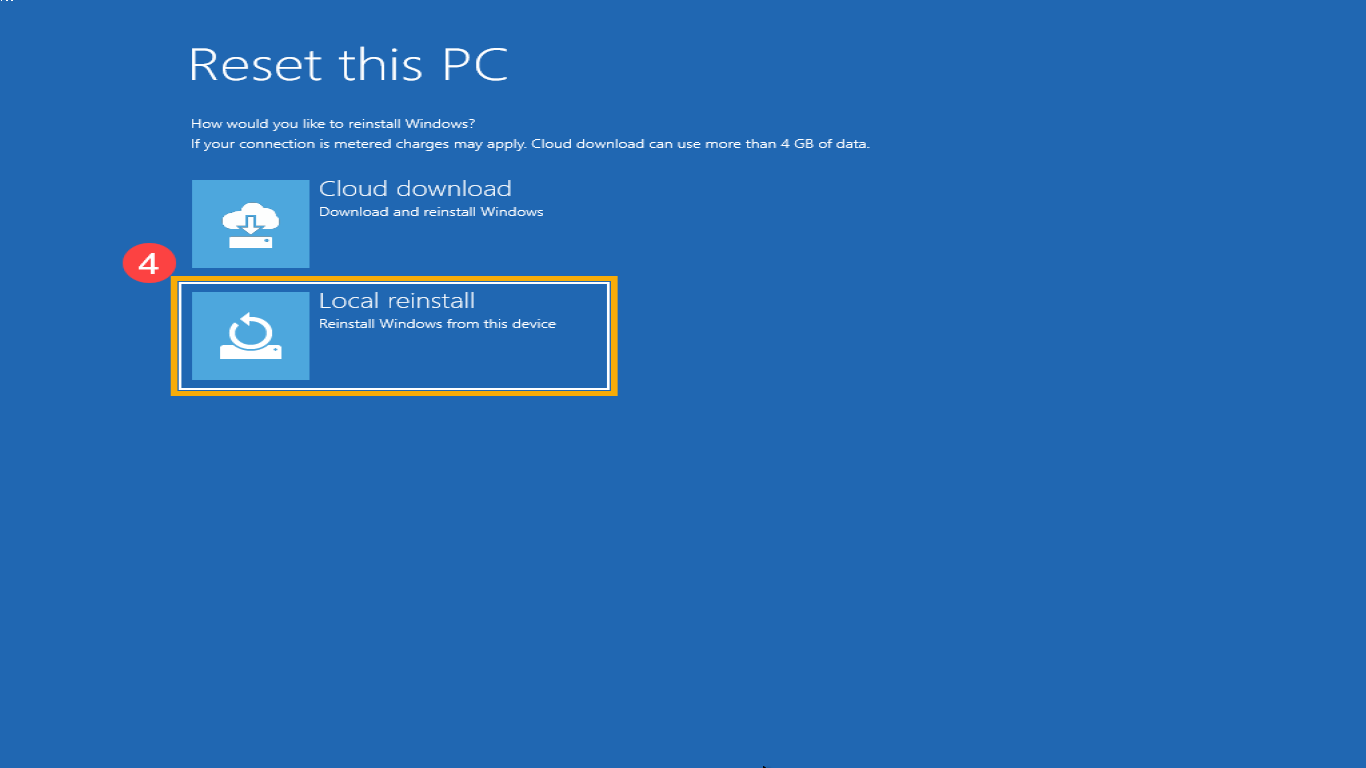What to Do After Reinstalling Windows
What to Do After Reinstalling Windows: Your Ultimate Guide
Reinstalling Windows can be a daunting task, whether you're doing it to fix errors, speed up your PC, or simply start fresh. Once the installation process is complete, there are several crucial steps you should take to ensure your system is running optimally and securely. Let’s dive into the world of post-installation tasks and make sure you’re fully equipped to handle your new Windows setup.
The First Steps After Reinstalling Windows: Initial Setup and Configuration
Once you’ve successfully reinstalled Windows, the first thing you should do is configure your basic system settings. This includes setting up your language, time, and keyboard preferences. Make sure your system date and time are correct; this will help with updates and software installations later down the line.
Connect to the Internet: Establish Your Network Connection
Connecting to the internet is essential after reinstalling Windows. This step will enable you to download updates, drivers, and software. Simply go to the network settings and connect to your preferred network. If you're using a wired connection, it should connect automatically.
Run Windows Updates: Keep Your System Secure and Up-to-Date
One of the most critical things to do after reinstalling Windows is to ensure that all system updates are installed. Windows updates include important security patches and new features that are vital for system security and performance. Head over to Settings > Update & Security > Windows Update and click on "Check for updates" to download and install all the latest updates.
Install Essential Drivers: Ensure Your Hardware Functions Properly
Drivers are essential for your hardware to communicate with your operating system. The most common drivers you’ll need to update include graphics, audio, and network drivers. By visiting your hardware manufacturer's website, you can find and download the latest drivers for your specific components. This ensures your hardware will function efficiently and with full capability.
Download and Install Antivirus Software: Protect Your System from Malware
Security should be one of your top priorities after reinstalling Windows. Installing reliable antivirus software will protect your system from malware and viruses, keeping your data safe. There are many antivirus programs available, both free and paid. Choose one that suits your needs and budget, and make sure it runs regular scans.
Install Your Favorite Software: Personalize Your Windows Environment
After getting the essentials out of the way, it's time to install the software you'll use daily. This may include web browsers, office suites, media players, and communication tools. Installing your favorite apps will help you feel more at home in your new Windows environment.
Create a System Restore Point: Safeguard Your System’s Stability
Creating a system restore point after reinstalling Windows is a wise move. A restore point will allow you to revert your system back to this state if something goes wrong in the future. To create a restore point, navigate to Control Panel > System and Security > System > System protection, and follow the prompts.
Configure Windows Settings to Your Preference: Tailor Your Experience
Take some time to go through the settings in Windows and customize them to your liking. This includes changing your display settings, adjusting the power settings, and configuring your notifications. Personalizing these aspects will enhance your overall experience and productivity.
Set Up Backup Solutions: Safeguard Your Data
Backing up your data is a key step that should not be overlooked. Windows offers built-in backup solutions, or you can choose to use third-party software. Regular backups ensure your important files are safe in the event of system failure or data loss.
Uninstall Bloatware: Clean Up Your System for Optimal Performance
After reinstalling Windows, you might notice some pre-installed software, also known as bloatware, that you don't need. Uninstalling these unnecessary programs can free up space and speed up your system. Simply go to Settings > Apps > Apps & features and carefully remove anything you won’t use.
Check for Updates for Your Installed Software: Ensure Everything is Up-to-Date
Once all your preferred software is installed, it's crucial to ensure each application is up to date. Software updates often include security patches and performance improvements, so it’s important to regularly check for them.
Optimize Your System Performance: Tweak Windows for Speed and Efficiency
Optimizing your system’s performance can make a significant difference in how smoothly it operates. Disabling startup programs, cleaning up disk space, and using performance-enhancing tools are all effective ways to optimize your Windows system.
Conclusion: Final Steps After Reinstalling Windows for a Seamless Experience
Reinstalling Windows is just the beginning. By diligently following these steps, you'll ensure your system is set up securely, runs efficiently, and meets your personal needs. Don’t forget to maintain regular updates, backups, and performance optimizations to keep your PC running in top condition.
FAQs
-
How often should I update my drivers after reinstalling Windows?
- It's a good practice to check for driver updates once a month or whenever you notice performance issues.
-
Can I use Windows Defender instead of third-party antivirus software?
- Yes, Windows Defender provides robust protection, but you may choose a third-party solution for additional features.
-
What should I do if Windows updates fail to install?
- Try troubleshooting the problem through the Windows Update Troubleshooter tool or check your internet connection and restart your PC.
-
Is it necessary to uninstall bloatware after reinstalling Windows?
- While it's not necessary, removing bloatware can free up system resources and improve performance.
-
How do I know which programs to add to my Windows startup?
- Only add programs you use frequently at startup to save on boot time and system resources.
#reinstallwindows #setupwindows #windowsupdates #windowssecurity #optimizewindows
